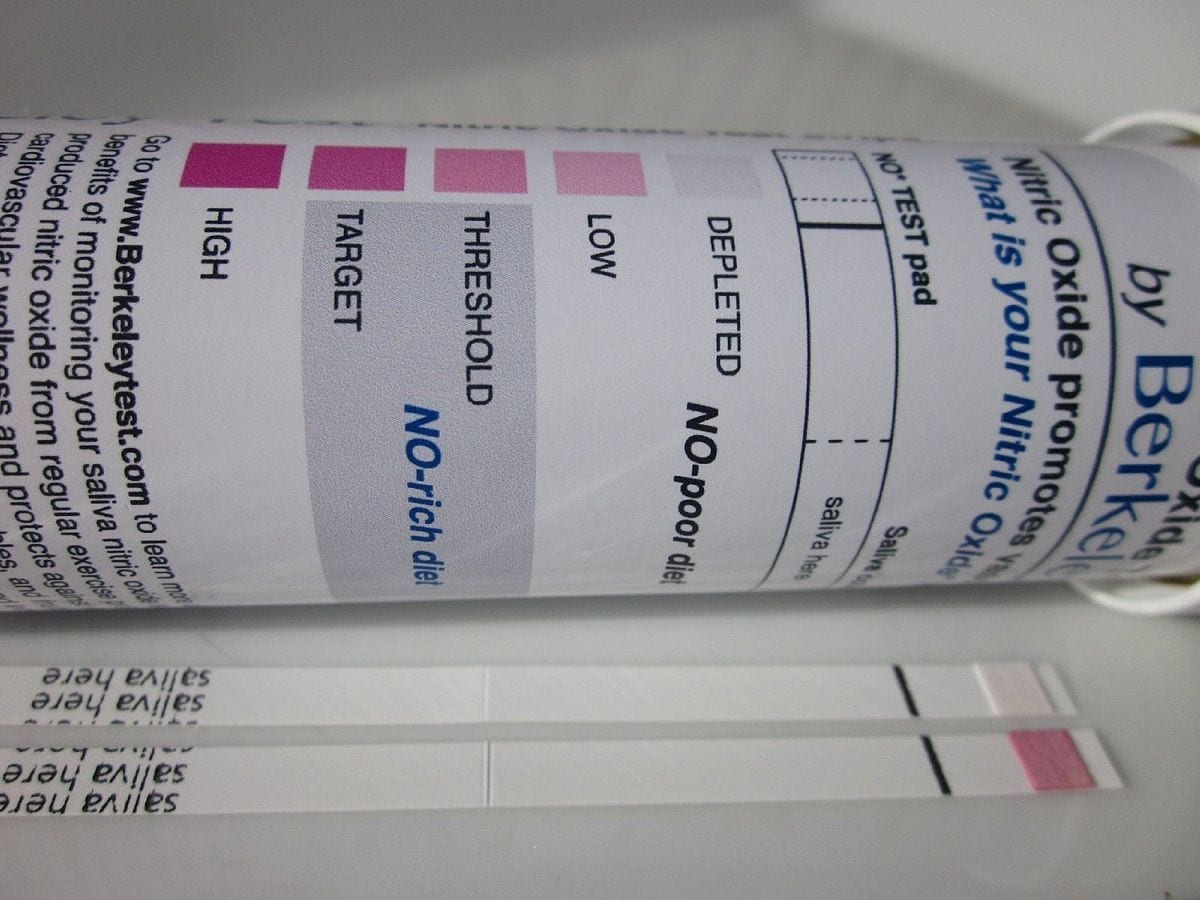
via National Snow and Ice Data Center
Arctic sea ice is melting more quickly than once assumed. Today’s climate models have yet to incorporate the steep rise in temperatures that have occurred over the past 40 years. This, according to a new study by researchers at the University of Copenhagen and other institutions.
Temperatures in the Arctic Ocean between Canada, Russia and Europe are warming faster than researchers’ climate models have been able to predict.
Over the past 40 years, temperatures have risen by one degree every decade, and even more so over the Barents Sea and around Norway’s Svalbard archipelago, where they have increased by 1.5 degrees per decade throughout the period.
This is the conclusion of a new study published in Nature Climate Change.
“Our analyses of Arctic Ocean conditions demonstrate that we have been clearly underestimating the rate of temperature increases in the atmosphere nearest to the sea level, which has ultimately caused sea ice to disappear faster than we had anticipated,” explains Jens Hesselbjerg Christensen, a professor at the University of Copenhagen’s Niels Bohr Institutet (NBI) and one of the study’s researchers.
Together with his NBI colleagues and researchers from the Universities of Bergen and Oslo, the Danish Metrological Institute and Australian National University, he compared current temperature changes in the Arctic with climate fluctuations that we know from, for example, Greenland during the ice age between 120,000–11,000 years ago.
“The abrupt rise in temperature now being experienced in the Arctic has only been observed during the last ice age. During that time, analyses of ice cores revealed that temperatures over the Greenland Ice Sheet increased several times, between 10 to 12 degrees, over a 40 to 100-year period,” explains Jens Hesselbjerg Christensen.
He emphasizes that the significance of the steep rise in temperature is yet to be fully appreciated. And, that an increased focus on the Arctic and reduced global warming, more generally, are musts.
Climate models ought to take abrupt changes into account
Until now, climate models predicted that Arctic temperatures would increase slowly and in a stable manner. However, the researchers’ analysis demonstrates that these changes are moving along at a much faster pace than expected.
“We have looked at the climate models analysed and assessed by the UN Climate Panel. Only those models based on the worst-case scenario, with the highest carbon dioxide emissions, come close to what our temperature measurements show over the past 40 years, from 1979 to today,” says Jens Hesselbjerg Christensen.
In the future, there ought to be more of a focus on being able to simulate the impact of abrupt climate change on the Arctic. Doing so will allow us to create better models that can accurately predict temperature increases:
“Changes are occurring so rapidly during the summer months that sea ice is likely to disappear faster than most climate models have ever predicted. We must continue to closely monitor temperature changes and incorporate the right climate processes into these models,” says Jens Hesselbjerg Christensen. He concludes:
“Thus, successfully implementing the necessary reductions in greenhouse gas emissions to meet the Paris Agreement is essential in order to ensure a sea-ice packed Arctic year-round.”
The Latest Updates from Bing News & Google News
Go deeper with Bing News on:
Arctic sea ice
- Western Arctic leads the way on springtime decline
April sea ice loss in the Arctic proceeded at a near-average rate overall, with the majority of ice losses in the Bering Sea and Sea of Okhotsk. In the Antarctic, sea ice grew faster than average, ...
- Daily Image Update
Read scientific analysis on Arctic sea ice conditions. We provide an update during the first week of each month, or more frequently as conditions warrant. Sea ice data is updated daily, with a one-day ...
- Map of the Arctic Ocean
The map below shows the regional seas that make up the Arctic Ocean, along with other geographical features. NSIDC scientists often refer to the different seas within the Arctic Ocean when they ...
- Antarctic Daily Image Update
Southern Hemisphere sea ice data updated daily, with one-day lag. Orange line in extent image (left) and gray line in time series (right) indicate 1981 to 2010 average extent for the day shown. The ...
- Arctic Sea Ice News and Analysis
The map below shows the oceans and regional seas around Antarctica, along with other geographical features. NSIDC scientists often refer to the different oceans and seas when they discuss sea ice ...
Go deeper with Google Headlines on:
Arctic sea ice
[google_news title=”” keyword=”Arctic sea ice” num_posts=”5″ blurb_length=”0″ show_thumb=”left”]
Go deeper with Bing News on:
Disappearing sea ice
- Emperor penguins are rapidly vanishing due to sea ice decline
The situation for emperor penguins is serious – shrinking sea ice is wreaking havoc on their breeding grounds.
- Indian scientists solve the mystery of Antarctica's disappearing ice
The research highlights a concerning trend in ice expansion and retreat patterns, particularly ahead of the annual ice maximum in September 2023.
- Estuaries, the ‘nurseries of the sea’, are disappearing fast
Study reveals repurposing of ecologically vital land for homes or agriculture is happening particularly rapidly in Asia Estuaries – the place where a river meets the ocean – are often called ...
- 'We were in disbelief': Antarctica is behaving in a way we've never seen before. Can it recover?
Antarctic sea ice has been disappearing over the last several summers. Now, climate scientists are wondering whether it will ever come back. Look out over Antarctica in the summer, and time seems ...
- Meteorites may be lost to Antarctic ice as climate warms, study says
Meteorites are disappearing into the ice, putting them out of the reach of scientists. “As the climate continues to warm, Antarctic rocks are sinking into the ice at an increasing rate.
Go deeper with Google Headlines on:
Disappearing sea ice
[google_news title=”” keyword=”disappearing sea ice” num_posts=”5″ blurb_length=”0″ show_thumb=”left”]










